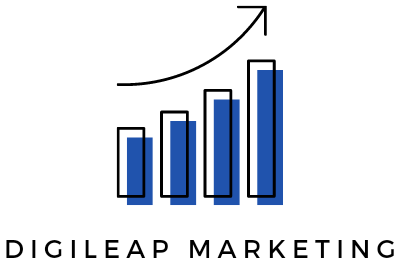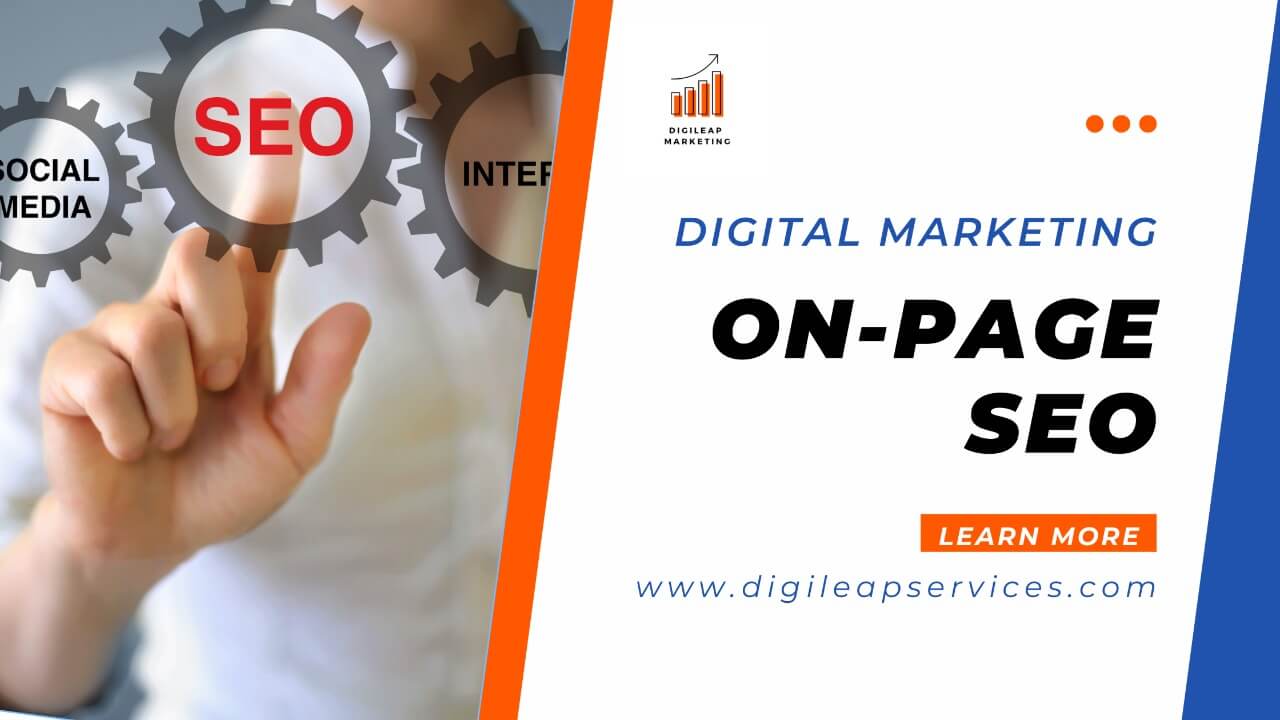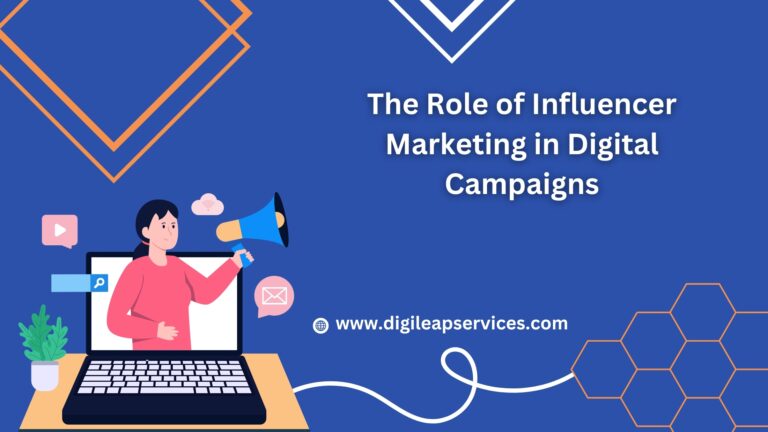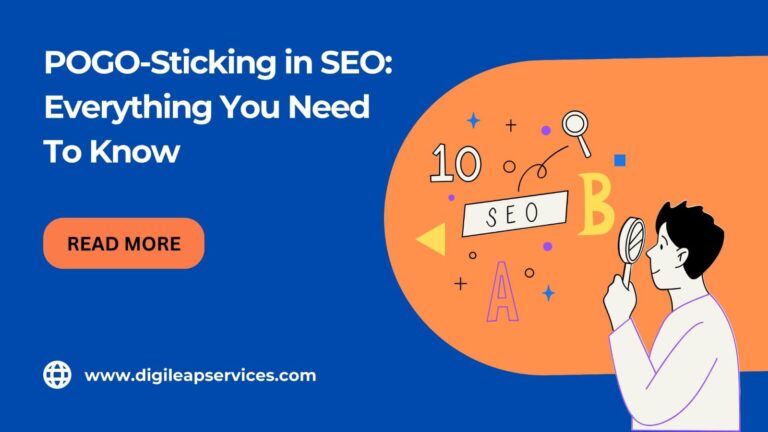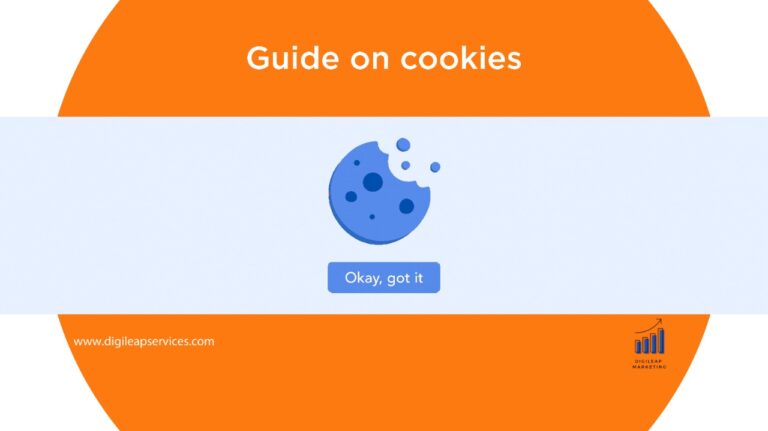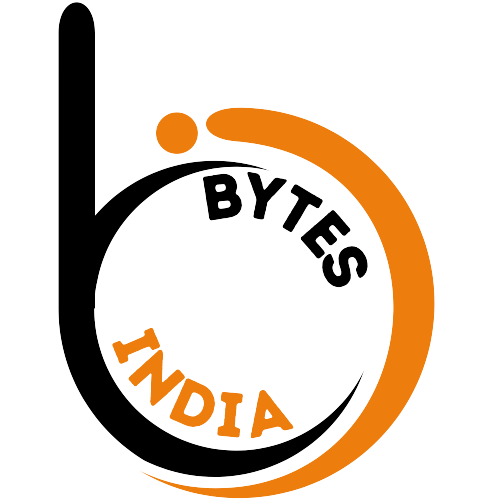THE ULTIMATE GUIDE TO ON-PAGE SEO IN 2022
If you’re creating a website, it is obvious to intend to get people to read it. To ensure that a particular website or page shows up in the search results on google, it may be necessary to invest suffcient time in SEO, known as Search Engine Optimisation. All strategies and plans will only manifest results and prove effective if we do something is actually to improve the content a website is endorsing. Without the article being accessible enough to anyone who makes a Google search, there is actually no point in investing time and finances in online marketing techniques.
Within the realm of Search Engine Optimisation, there is something is known as on-page SEO. This article will explore what on-page optimization is all about, why it is needed, what it can do for a website and the techniques of fine-tuning a website.
WHAT IS ON-PAGE SEO?
On-page SEO, or on-site SEO, is the process of optimizing various front-end and back-end elements of the website to improve ranking in search engines, attract new traffic, and enhance user experience. Off-page SEO, on the contrary, refers to optimizing elements those are outside the website. This includes social media mentions and backlinks. Simply put, on-page SEO is everything that can be done ON the website to help it rank higher, and off-page SEO refers to actions taken on other websites to boost one’s own website rankings.
WHY IS ON-PAGE SEO NEEDED?
As mentioned above, the goal of a website is to successfully reach its targeted audience. Google scans websites to know about them based on the content, images, page titles, sub-headings, etc. If the search engine does not configure what the website is about, it is less likely to display it in search results. Also, Google regularly updates the algorithm, improving its understanding of user intent once a user lands on a specific page. If the SEO is effective, the search engines update their algorithm and display the pages in the search results. Therefore, on-page SEO helps the website be optimized for bot human eyes and search engine bots.
ON-PAGE SEO ELEMENTS
All on-page SEO elements fall into three basic categories:
- Content Elements
- HTML Elements
- Site architecture Elements
Within these three essential elements, there are sub-elements discussed below:
Content Elements:
These refer to elements within the website copy and content. High-quality page content is one of the elements that carry the most weight for on-page SEO. The page content is the heart of on-site SEO. It tells users and search engines what the website is about.
The first step in creating high-quality content is to choose relevant keywords and headers. Thereafter, the text should be cleaned-up or edited with the appropriate language and engaging visual content. Content that is specific to the target audience and offers resolution to the audience’s problem will attract more visitors. People should get content they can feel linked to and share ahead.
HTML Elements:
HTML Elements refer to the elements in the source code.
Page Titles
The webpage titles, also known as title tags, are among the most important SEO elements. Titles inform users and search engines on the corresponding pages what content we can found. We should include the focus keyword in the title tags to ensure proper ranking of the content.
Headers
Also known as body tags, headers refer to the HTML element <h1>, <h2>, <h3> and so on. These tags help organize content for users and help search engines distinguish what part of the content is most important and relevant.
Meta Descriptions
These are the short page descriptions that appear under the title in search results. Although it is not a particularly important ranking factor, still it can influence the decision of the user whether or not to click on a certain page.
Image Alt-text
Image alt-text is for images, and SEO is for content. It tells the search engines about the image so that, users may be can discover the website through images. The image alt-text should be descriptive and specific and establish a relevant context with the board page content.
Site Architecture Elements
:They refer to those elements that make up a website in its layout and structure.
Page URLs
The webpage URLs should be simple to take in for users and search engines. We should remove extra, unnecessary words , only one or two keywords we can use. Moreover we should use HTTPS preferably.
Internal linking
This is the process of hyperlinking to other relevant pages or images which can substantiate the content already present on a certain webpage. Internal linking is important because it sends users to other useful pages, and therefore the Google algorithm can register a webpage as valuable and relevant.
Site speed
Whichever device users may use to view a web-page, it should load quickly. Page speed is an important element of on-page SEO.
ON-PAGE SEO CHECKLIST
- Crawl your website.
- Conduction of an SEO audit and defining site architecture.
- Update URLs, page titles, and meta descriptions.
- Keyword presence in site URL.
- Inclusion of the keyword throughout the page.
- Tracking of keywords and topics for each page.
- Avoiding stuffing of keywords.
- Establishing value propositions for each page.
- Defining the target audience.
- Planning of new page titles.
- Addition of new meta descriptions.
- Review and editing of the page content as needed.
- Incorporating visual content.
- Optimizing your visual content.
- Adding internal links.
- Adding external links.
- Optimization for conversions.
TIPS FOR ON-PAGE SEO
- Selecting apt keywords is the phrases or words that users will enter to view a particular web page.
- Optimal content- We should use keywords those are generously in important places like titles and headers throughout the content.
- SEO-friendly URLs- The domain name on the website is an important element of on-page SEO. We can customize the names. On the other hand, we should choose it depending on what type of content will show up in response.
- Descriptive alt-text- Brief written descriptions of images can go a long way in attracting readership.
- Internal links- They can help navigate between different pages and are great for SEO as they tell Google about the value and legitimacy of a webpage.
Conclusion
SEO is not a one-time process. It is something that needs to improve continuously upon. Despite of being cumbersome, if we give the necessary time and effort, it can go a long way in determining the success of the online engagement platforms of an enterprise.
